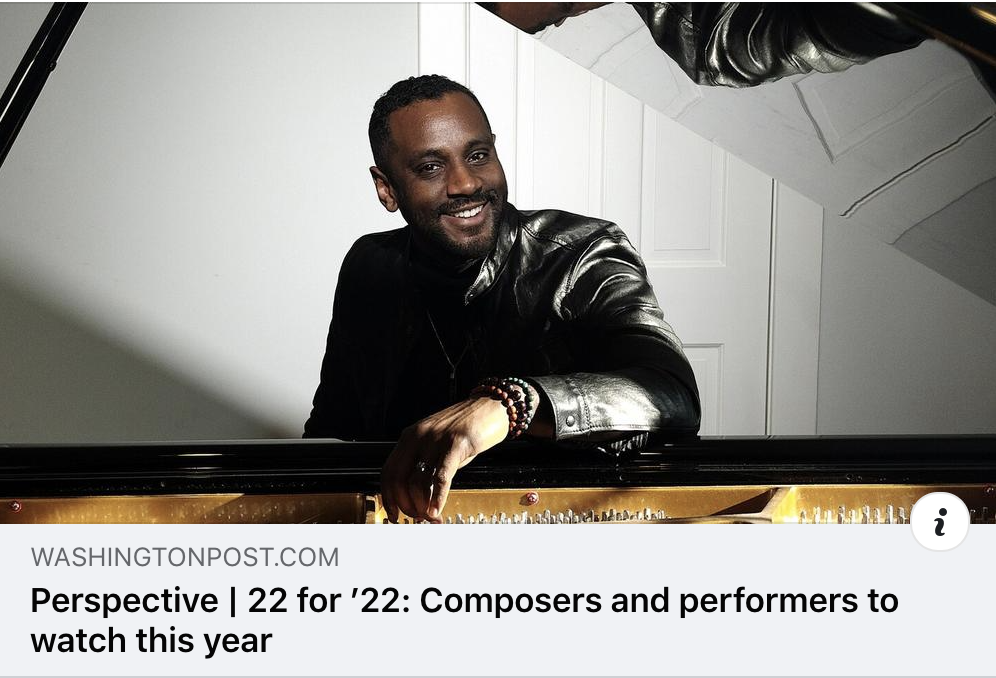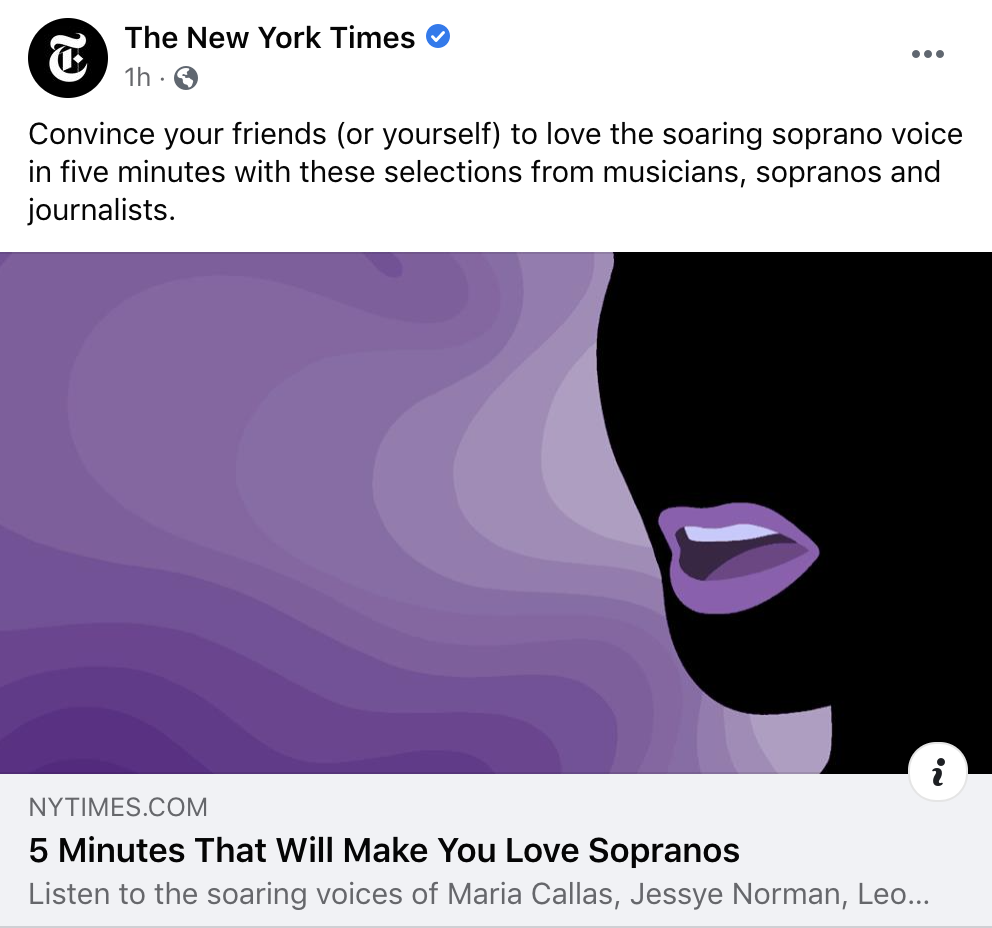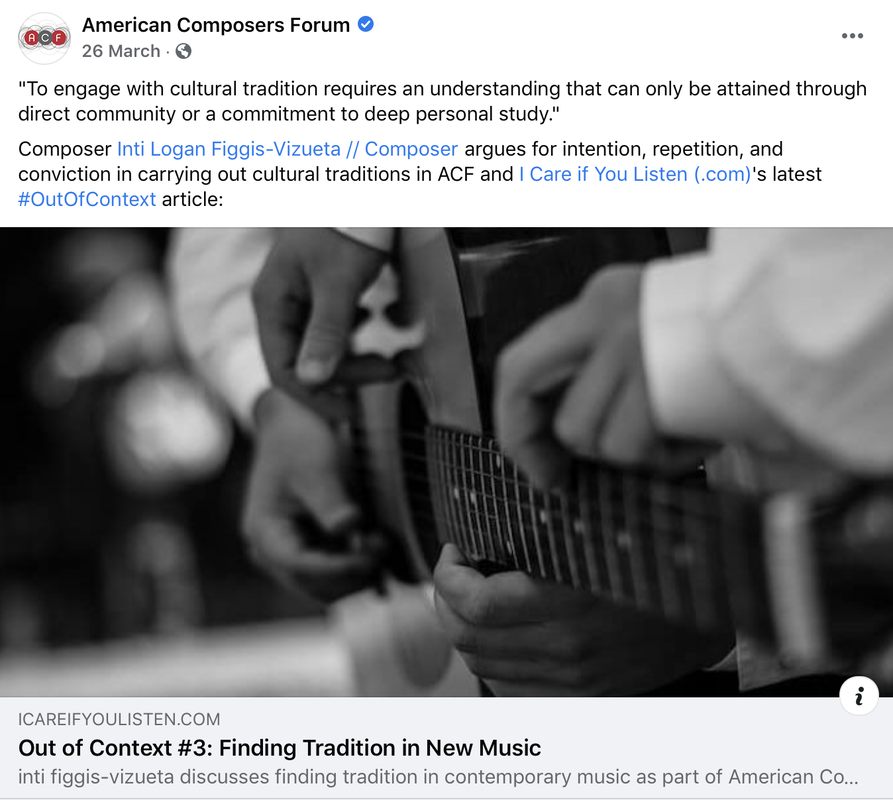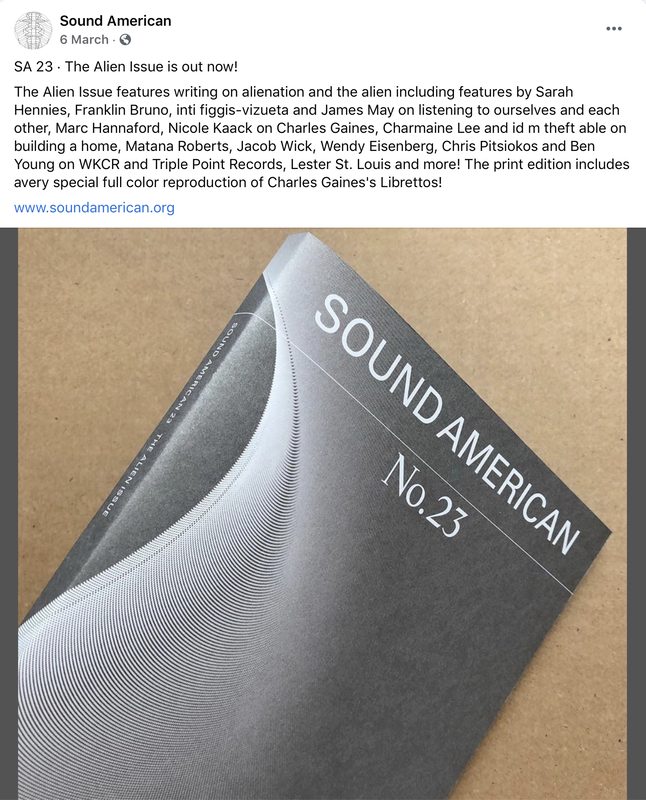[writings]
As nominator Inti Figgis-Vizueta puts it, “[Lee’s] physical vocabularies of trills, whispers, murmurs and melodic fragments are in an ever-evolving dialogue with her technological interfacing,” leading to “astoundingly complex, yet emotionally intimate music.” |
This delightful excerpt from Héloïse Werner’s opera “The Other Side of the Sea” explores a rich vocabulary of language-derived sounds, melodic fragments and self-reflective text. From the first phrase, “It is hard to be myself in English,” we’re given a glimpse into the complex process of translation for our French-born, British-based soprano, composer and heroine. Her vocal performance is full of virtuosic tone and control, with a physicality that emphasizes the body as a whole as an instrument. On repeat listenings, I find myself immersed in Héloïse’s deconstruction of language, built in real time — gradually finding a deeper sense of understanding in its urgent, compounding form. |
Tradition is a verb, something you do with your body. For any person whose grandma taught them how to make an object—when she’s gone, going through the motion of making is tapping into who that grandma was. The set of musical, spiritual, and social practices stemming from cultural context produces the unique alchemy of traditional music. That specific alchemy engages extra-musical factors that young composers, trained and indoctrinated in classical music, likely don’t think about, such as connections to gods, to anger, to peace, to loss. The repetition of motion (the same actions your father and your father’s father have done) and the embodiment of it lets those actions enter you and approaches a deeper level of clarity and cultural understanding. |
Out of Context #3: Finding Tradition in New Music |
Sound American 23: The Alien Issue - conversations |
For composers, notation is taught as the fundamental plane defining our understanding and relationship between personal musical vision and sonic realization. Fluency in notation streamlines realizations of composed musics in the sense that they communicate most directly with the lexicon of classically-trained players and produce replicable and desired sonic results. While modalities outside fixed notations are now common-place fixtures of contemporary classical performance practice, those expressions must be identified as being ultimately reliant on the pedagogy and canon that underlay and underwrite the history and relationship of classical instrumentalists to their instrument. This is all to say that making a box and writing “improvise” in the middle doesn’t fairly engage with classically-trained players—their relationship to their instrument and sound production is also taught to be tied to score. Without oral transmission and the building of collective understandings of alternative musical modes, scores don’t mean much aside from the communication of sequential pitch and rhythmic pattern. Outside of classically-informed modes, scores cannot replace the necessity for relationship-building and oral communication of sonic intention. |
NICO MUHLY: I would observe also that there’s a poetry to starting somewhere familiar and then finding yourself – accidentally, almost – at the will of the performer, in a sense. There’s a moment that I was looking for [shuffles score], where we suddenly get into this fabulous cello microtone—there it is, these microtones where the stability of the harmony starts cracking and shimmering. But another question for you – and again, I feel like it’s fun to dwell on technique, because I think your compositional technique is so specific and so linked up with your overall project, and linked up with how it looks and how you engage with players. When I listened to your music, and really lean back into it, I feel the whole thing is transition, where it feels like each page is its own recipe. What do you feel in terms of instructions about how to move from, for instance, this information into this information? What’s the join – the dovetail – like for you? Does it just slam into it? |
Hildegard Profile: inti figgis-vizueta - Interviewer: Nico Muhly |
[older work below, click for links]
5 Questions to inti figgis-vizueta (composer) by Gemma Peacocke
Making Art in Today's Social Climate (3-part series) by Annika Socolofsky
- Meaning and Motivation in Identity-Based Music
- Self and Other
- Programming & Advocacy – Honoring the Humanity
5 Questions to inti figgis-vizueta (composer) by Gemma Peacocke
Making Art in Today's Social Climate (3-part series) by Annika Socolofsky
- Meaning and Motivation in Identity-Based Music
- Self and Other
- Programming & Advocacy – Honoring the Humanity




